This year’s top 10 new species from Suny College of Environmental Science and Forestry (ESF) has been announced, and it’s as weird and wonderfulas last year’s curious crop. Making the cut this year are species with links toHarry PotterandGame of Thrones, as well as a gruesome bleeding tomato and an orchid resembling the devil.
Each year a remarkable 18,000 newly-discovered species from the past year are sifted through by an international committee of taxonomists from the ESF’sInternational Institute for Species Exploration(IISE). Somehow, they narrow these down to their ten favourites. The list is released around the 23 May to coincide with the birthday of Carl Linnaeus – the man who developed the binomial naming system for organisms in the 18th Century, and is consideredthe father of modern taxonomy.
Nearly 200,000 species completely new to science have been discovered and named in the decade since the first top 10 list was released. “This would be nothing but good news were it not for the biodiversity crisis and the fact that we're losing species faster than we're discovering them," says Quentin Wheeler, ESF President and founding director of the IISE. "The rate of extinction is 1,000 times faster than in prehistory. Unless we accelerate species exploration we risk never knowing millions of species or learning the amazing and useful things they can teach us."

Eriovixia gryffindori
If you’re a fan of the wizarding world, this guy might look familiar. This spider is less than 2mm long and is the spitting image of the Sorting Hat in theHarry Potteruniverse, soE. gryffindoritakes its name from the hat’s first owner – the legendary Godric Gryffindor. The tiny spider’s appearance isn’t just a fashion statement though; it is actually well-camouflaged amongst the dry brown leaves it sleeps in during the day, in the forests of Western Ghats, India.
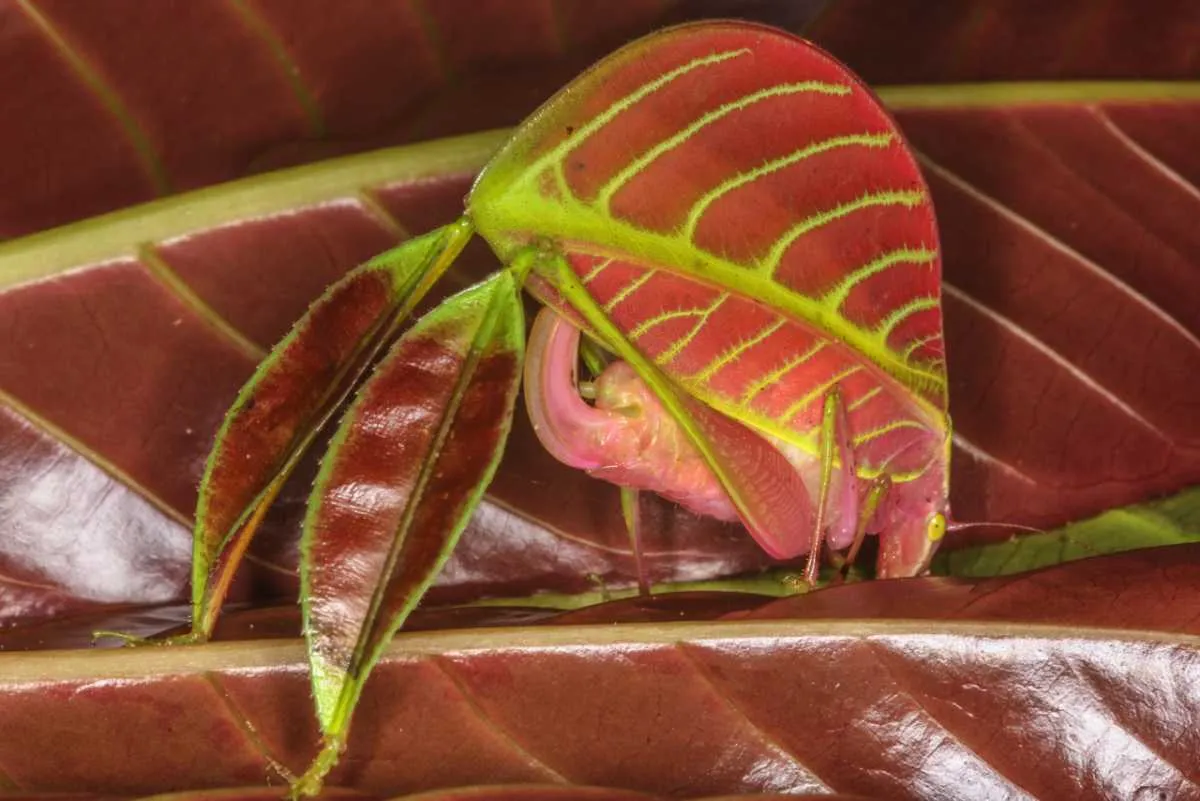
Eulophophyllum kirki
Although it may look like a leaf, this new species is not a plant but a spectacular katydid, or bush cricket. Discovered in Borneo, the katydid’s striking colouration allows it to blend into the foliage, using a technique called mimicry, and was named after Peter Kirk, the photographer of the only specimen discovered so far.
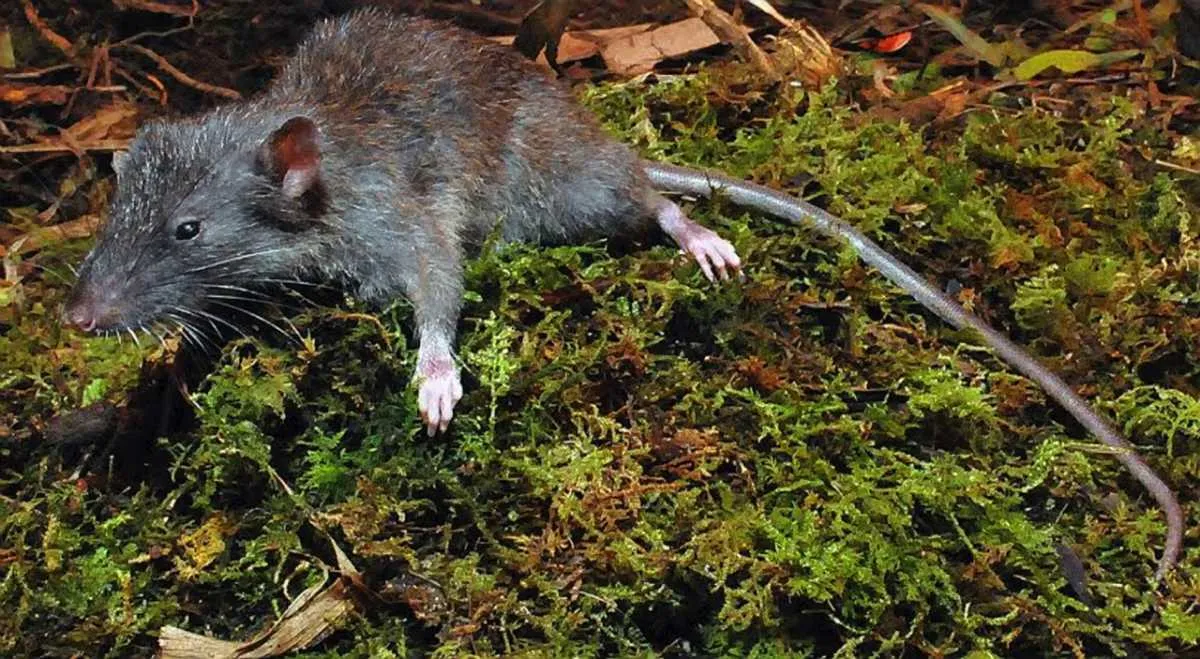
Gracilimus radix
They say you are what you eat, and this rat is no exception with its nameG. radix, coming from the Latin word for its food of choice – roots. This Indonesian root rat eats both plant and animal matter, in contrast to its carnivorous relatives.
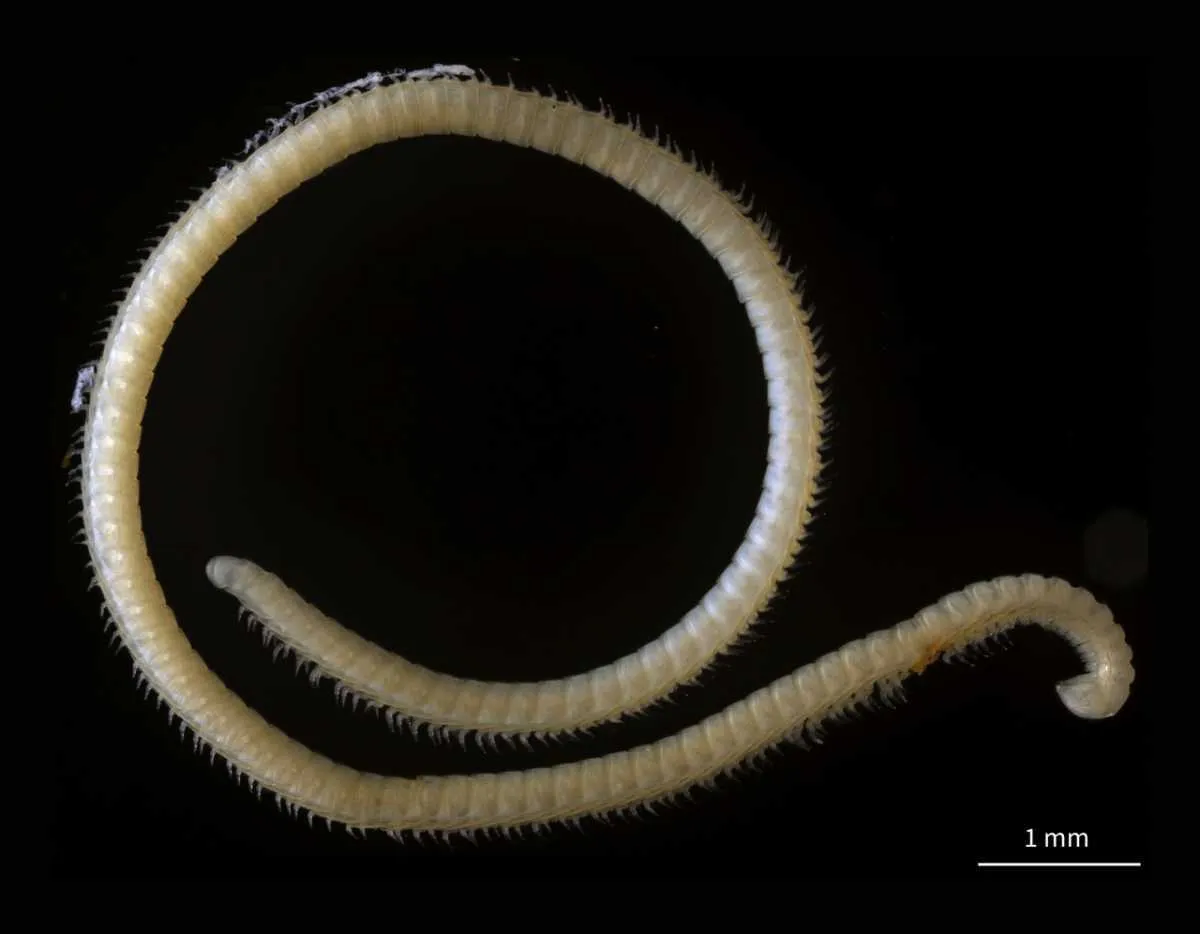
Illacme tobini
Here’s one to make you shudder: this new species of Siphonorhinid millipede crawls around on 414 legs, and as if that’s not enough, they can add body segments – and hence more legs – throughout their lives. Other millipedes in the order Siphonophorida have been known to have up to a whopping 750 legs. Discovered in Sequoia National Park in the US,I. tobiniis about 20mm long, has no eyes, and secretes a mysterious defence chemical from two nozzles on every one of its 100 or more body segments.

Pheidole drogon
This fierce looking ant has an equally fierce namesake. It isnamed after Drogon, the largest and most ferocious of Daenerys Targaryen’s dragons inGame of Thrones. The ants’ large back spines serve as attachment points for the large muscles that power soldier ants’ powerful mandibles used to crush seeds. However, smaller workers also have spines, and not all spines serve as a muscle attachment point, so perhaps those ones are just for show.
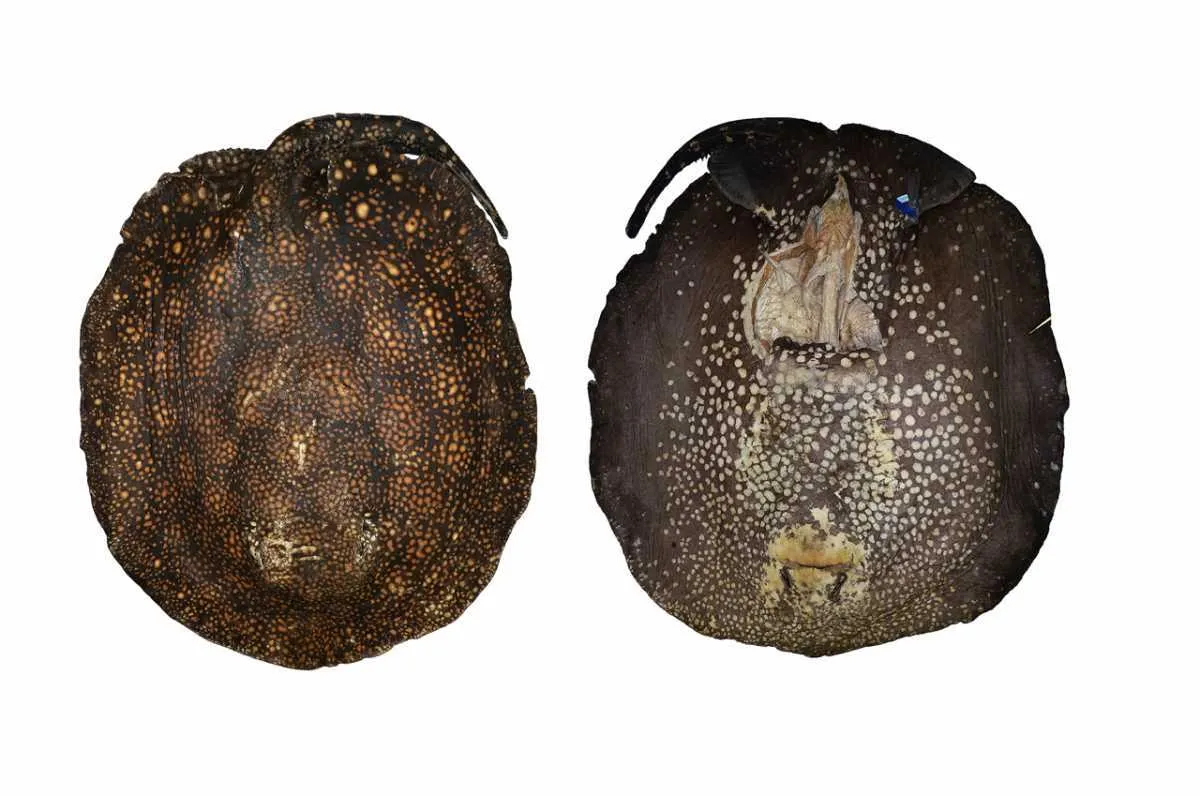
Potamotrygon rex
The Tocantins River in Brazil is host to many unique species, with 35 per cent of its 350 fish species found nowhere else on Earth. This new species of stingray joins the club, and due to its large size – 1.1m long and weighing up to 20kg – and bright spots, it has been dubbed ‘rex’ – Latin for king.
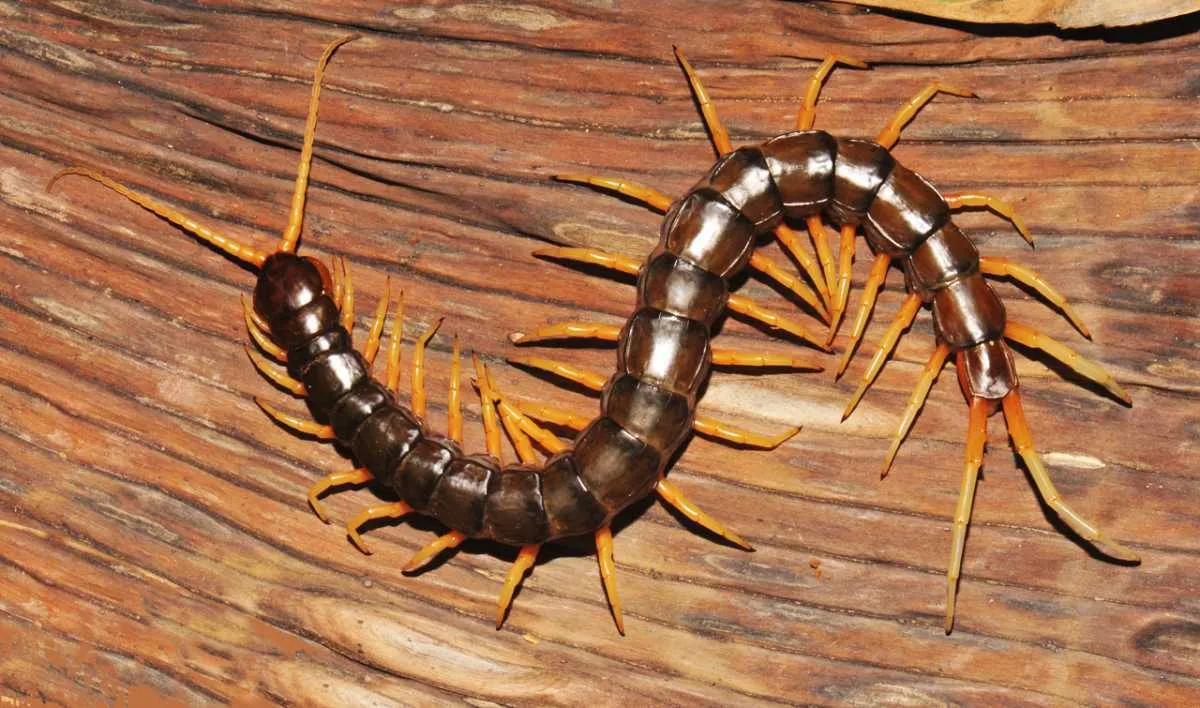
Scolopendra cataracta
Just as comfortable in water as on land, the world’s first known amphibious centipede can swim and skitter along the bottom of streams. To reflect its exceptional abilities, its namecataractais Latin for waterfall.S. cataractais under threat as its habitat of stream and river banks in Laos, Thailand and Vietnam is being destroyed by tourist activities.

Solanum ossicruentum
This Australian bush tomato not only bleeds when cut, but transforms into a bony state when it dries out, earning it a gruesome name combining the Latin ‘ossi’, meaning bony, and ‘cruentum’, meaning bloody. Its ‘blood’ actually comes from the oxidation of its flesh from white-green to blood red. The tomato a small fruit up to 2.5cm in diameter, which grows on a shrub up to 2m tall.
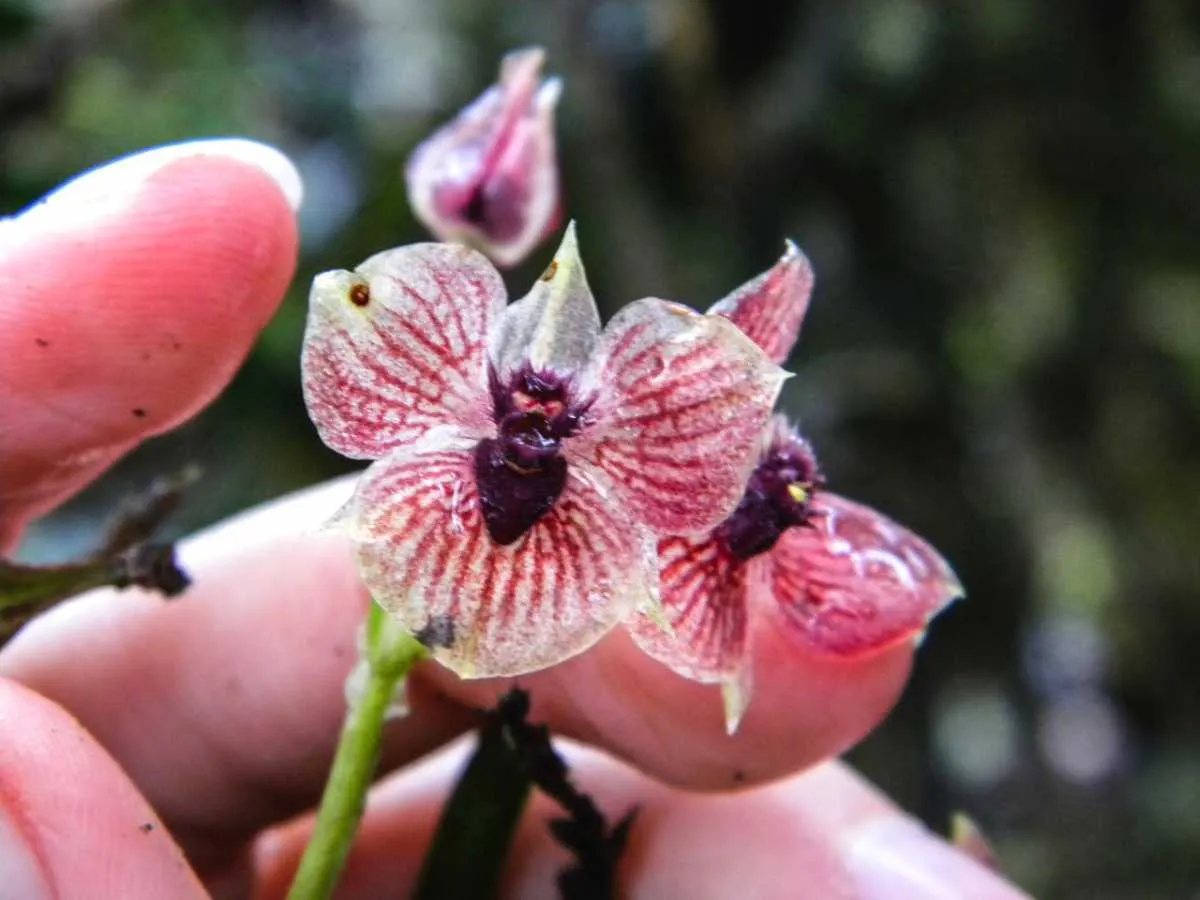
Telipogon diabolicus
Your eyes are not deceiving you, this orchid bears more than a passing resemblance to the devil, due to the unusual fusion of its male and female reproductive parts. The orchid is critically endangered, with only 30 plants growing in a forest in southern Colombia, and even these are under threat from the reconstruction of a road nearby.

Xenoturbella churro
A furrowed marine worm from the depths of the Gulf of California has reminded researchers in Mexico of a churro – a fried pastry treat from Spain and Latin America. It is around 10cm long and sits on the earliest branch of bilaterally symmetrical animals (those with only one line of symmetry, like humans). In fact it is so primitive that whilst it does possess a mouth, it does not have an anus.
Follow Science Focus onTwitter,Facebook, Instagramand Flipboard